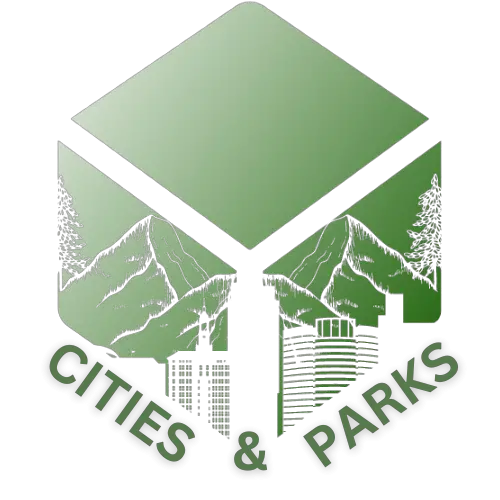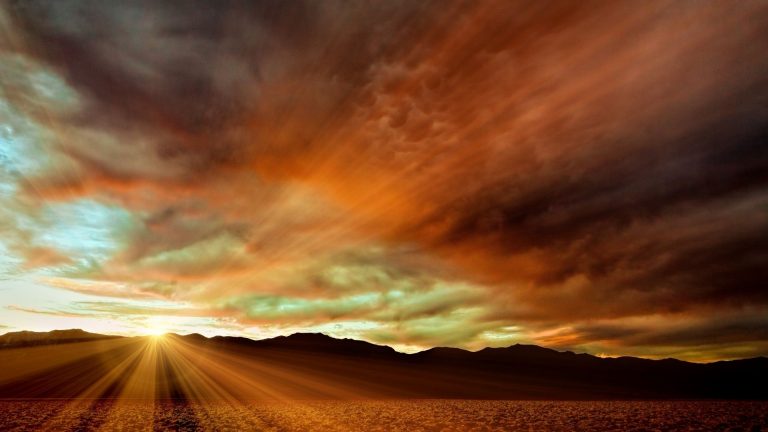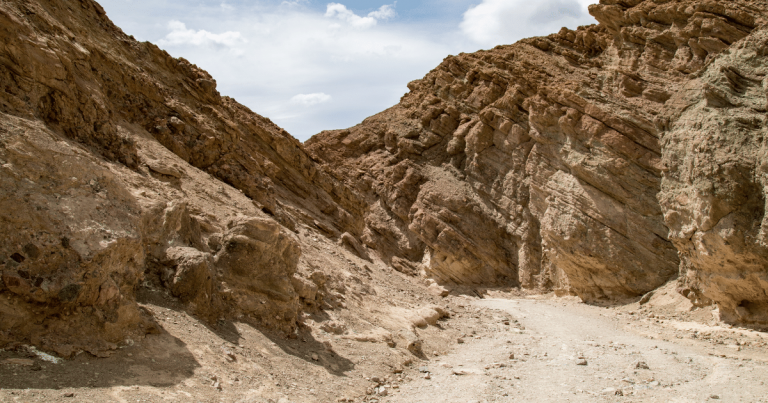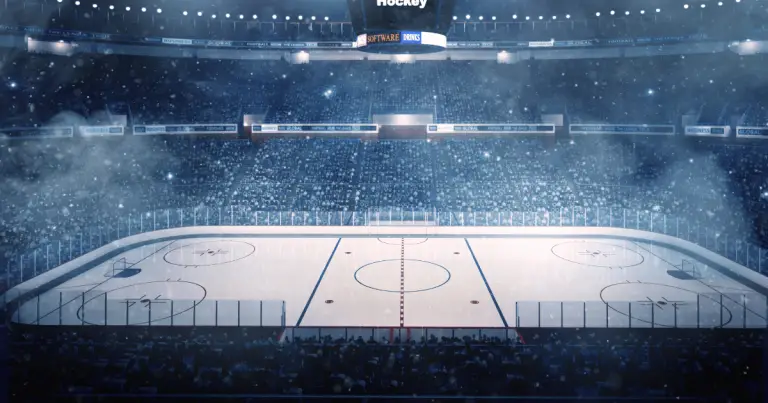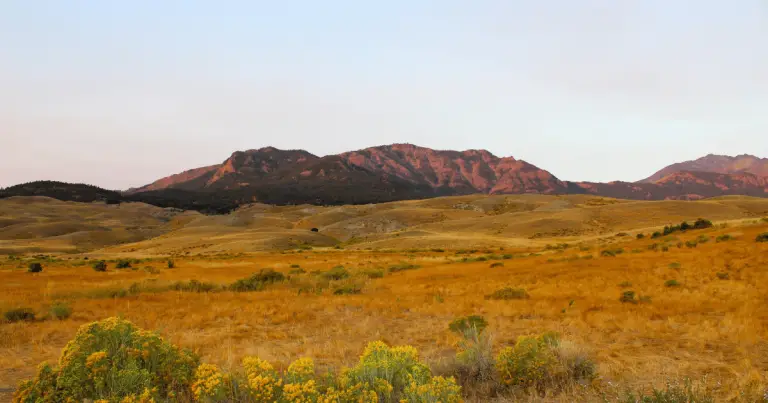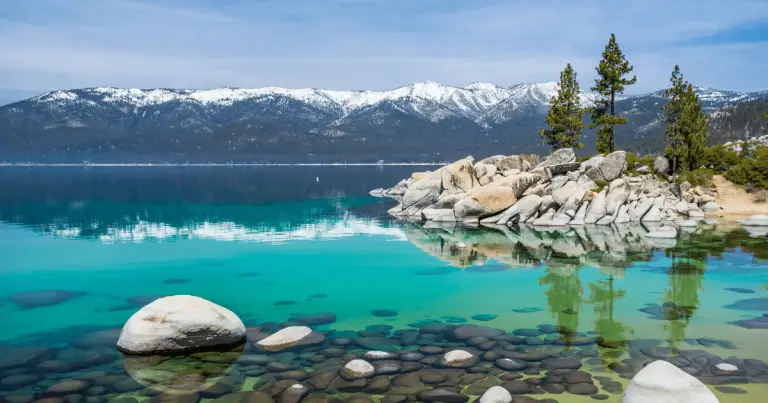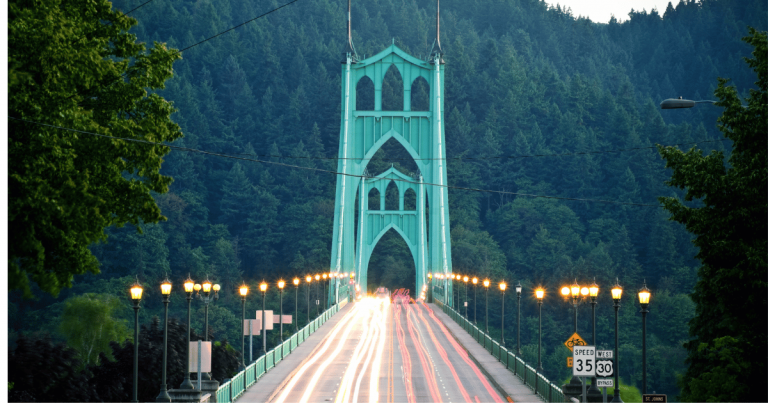Unlocking Nature’s Secrets: The Entrance to Death Valley
Death Valley National Park is one of the most incredible locations in the United States, with endless opportunities for adventure, relaxation, and exploration.
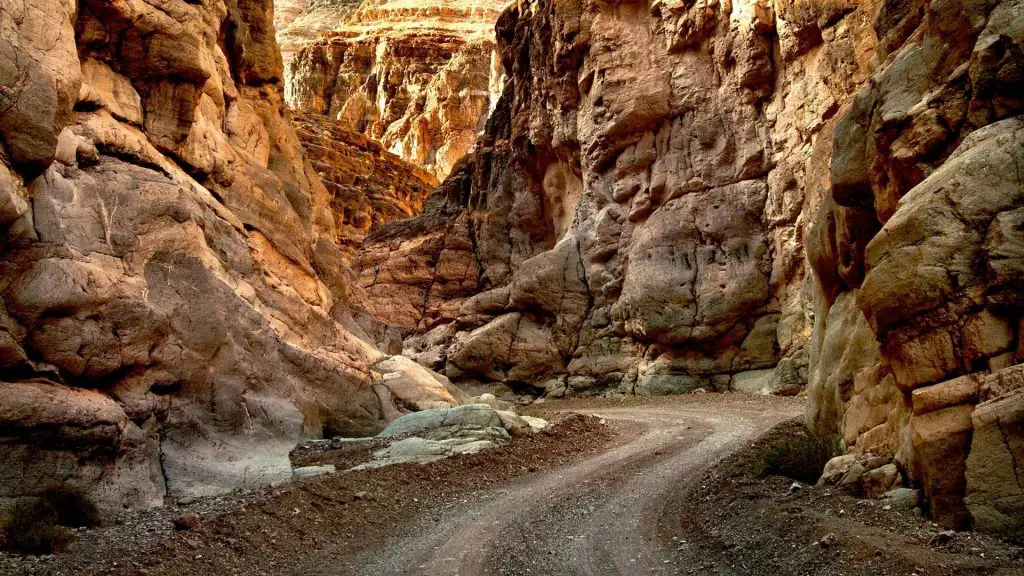
However, before you can start enjoying all that Death Valley has to offer, you need to know where to enter the park. The Death Valley opening is the gateway to all the wonders of the national park, and finding it can be a bit tricky.
Location of the Death Valley Opening
As one of the largest national parks in the country, Death Valley has multiple entrances that can lead you to different areas of the park. The most popular entrance is through the Furnace Creek Visitor Center, which is located near the center of the park. This entrance is the main gateway to all the main attractions of the park, and it provides access to attractions such as Badwater Basin, Zabriskie Point, and the Mesquite Flat Sand Dunes. Another popular entrance is through the Stovepipe Wells Village. This entrance provides easy access to attractions such as the Mosaic Canyon, Devil’s Cornfield, and Mesquite Flat Sand Dunes. From the village, you can also travel to the famous Racetrack Playa, which is a remote and desolate location known for its moving rocks.
What is the Death Valley Opening?
The Death Valley Opening represents the main entrance of the national park, allowing visitors to enter and exit the park. It is where visitors can get their National Park Passes, park maps, brochures, and other essential information about the park. The Furnace Creek Visitor Center and Stovepipe Wells Village serve as the primary Death Valley openings.
Other Natural Openings in a paragraph
While the Death Valley Opening is the main gateway to the park, there are also numerous other natural openings scattered throughout Death Valley National Park. These openings include canyons, valleys, and passes that provide access to different areas of the park. For example, Titus Canyon is a popular canyon opening that leads visitors into an incredible, narrow gorge with towering cliffs and stunning rock formations. Artist’s Drive is another natural opening that takes visitors on a scenic drive through vibrant and colorful landscapes, including the famous Artist’s Palette. Other notable natural openings in Death Valley National Park include Golden Canyon, Mosaic Canyon, and Twenty Mule Team Canyon.

Fascinating details
Did you know that Death Valley is the hottest, driest, and lowest national park in the United States? The park is also home to many unique animals, including bighorn sheep, coyotes, and burrowing owls. Additionally, the park has an international dark sky designation, making it an ideal destination for stargazing.
Common questions
What is the best time to visit Death Valley?
The best time to visit Death Valley National Park is during the cooler months, from November through March. During this period, daytime temperatures are pleasantly mild, ranging from the mid 60 °F (15.56 °C) to low 70 °F (21.11 °C), ideal for outdoor exploration and activities. The park experiences extremely high temperatures during the summer months, often exceeding 120 °F (48.89 °C), making outdoor activities potentially dangerous. Additionally, the winter months offer the chance to see a rare and beautiful sight: the park’s ephemeral lake filled with rainwater. Always remember to check the weather forecast and prepare appropriately for current conditions before planning your visit.
Do I need a 4-wheel drive vehicle to visit Death Valley?
Having a 4-wheel drive vehicle can enhance your experience at Death Valley National Park, although it is not an absolute requirement for visiting. The park has a network of both paved roads and dirt trails. The majority of the park’s main attractions, like the Furnace Creek Visitor Center, Badwater Basin, and Zabriskie Point, can be accessed by regular vehicles on paved roads. However, certain remote areas and attractions, including Racetrack Playa and some backcountry campsites, require high-clearance, 4-wheel drive vehicles due to rugged terrain and unpaved roads. As such, the type of vehicle you require largely depends on the areas of the park you plan to explore and the time of year you visit.
Is there a fee to enter Death Valley National Park?
Entry into Death Valley National Park requires a fee. The specific cost varies depending on the method of entry. For personal vehicles, the fee is $30 and allows access for seven days. For individuals entering by foot, bicycle, or motorcycle, the fee is $15, also valid for seven days. Frequent visitors may consider purchasing the Death Valley Annual Pass for $55, granting unlimited access to the park for a year from the month of purchase. It’s important to note that these fees contribute to park maintenance and preservation efforts, ensuring that future visitors can continue to enjoy Death Valley’s remarkable natural beauty.
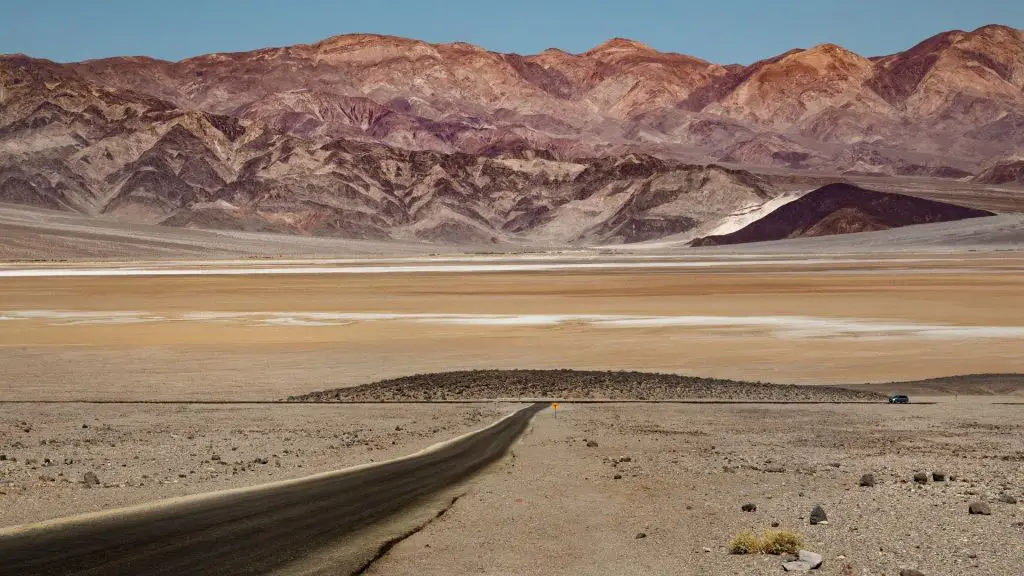
Conclusion
Now that we’ve covered everything you need to know about Death Valley opening, you’re ready to experience all the wonders of this magnificent national park. Remember to bring plenty of water, sunscreen, and comfortable walking shoes, as you’re sure to spend plenty of time exploring all the unique attractions this park has to offer. Plan your trip today and experience the beauty, adventure, and relaxation of Death Valley National Park.
